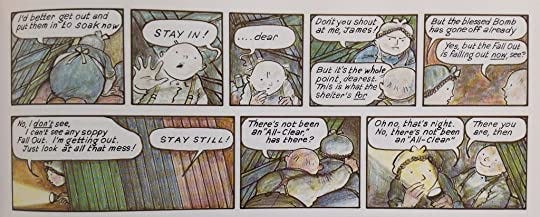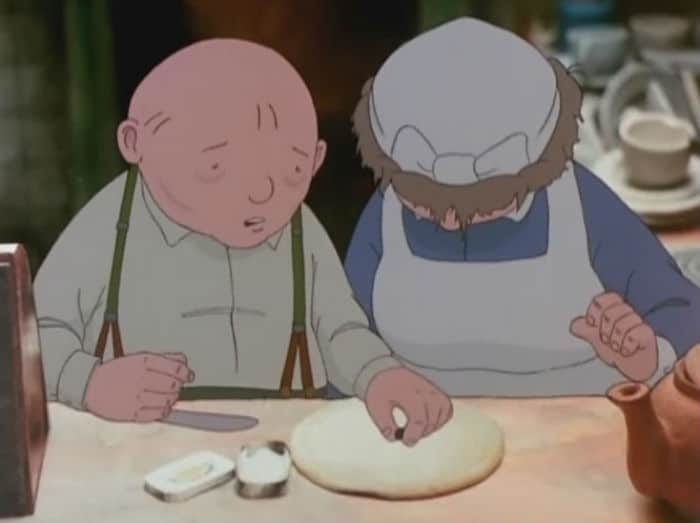"If you can't see it or feel it, it can't be doing any harm, can it?"
When the Wind Blows takes us to the final days of an elderly couple after nuclear war breaks out
The 80s saw the biggest nuclear scare since the Cuban Missile Crisis. Ronald Reagan’s bellicose rhetoric against what he called the “Evil Empire” was the catalyst for the “Second Cold War” - a dangerous escalation, in words but also (and more importantly) in deeds. American and Soviet missiles faced each other in Europe, making the possibility of war by mistake, technical error or misunderstanding, higher than ever. And we now know that the world came to the brink of nuclear annihilation more than once.
Later, Gorbachev would arrive on the scene, unintentionally destroy the Soviet Union and bring the Cold War to an end. But until then, the sense of dread and imminent doom lingered on. Millions marched in anti-war demonstrations across Western Europe (compare this with the complacency we see today). The nuclear threat pervaded everything, and popular culture - especially cinema and pop music - didn’t let anyone forget about it.
In 1982, British artist Jonathan Briggs published When The Wind Blows, a graphic novel about an elderly couple living through the onset and aftermath of a nuclear war, in their house in rural Sussex. Jim and Hilda Bloggs look like they came straight from a children’s book - in fact, Briggs had already published a children’s picture book, The Snowman. This makes for a stark contrast with the harrowing story.
They look cute, of course. And they are. But theirs is a desperate situation. Almost totally ignorant of the reality of a nuclear war, and relying on idiotic government leaflets with “advice” on how to react (advice that obviously becomes woefully inadequate), they slowly die of radiation sickness. When the wind blows, fallout arrives. Fast.
Four years later the book was adapted into an animated film. Briggs himself wrote the script for the film, directed by Jimmy Murakami, with John Mills and Peggy Ashcroft voicing Jim and Hilda. David Bowie wrote and performed the title song, while Roger Waters wrote a delicate and haunting score.
The characters and settings were hand-drawn, but the objects in their house were made with stop-motion animation. This allows the director and the animators to create beautiful but also weird scenes, which is just right for the story we are watching. Jim is Mr. Credulity in person, reciting to his wife some titbits of knowledge he managed to get about nuclear war, and confidently following the leaflets’ instructions. He confuses his memories of World War II during the Blitz with what might be going on in the world, and sometimes wonders if the “Ruskies” are like the “Jerries”.
Hilda on the other hand sticks to the household chores as a way to avoid confronting the bleak reality. She also vividly remembers the Blitz and despairs of not being able to clean the house for when the rescuers arrive (they never will).
The couple is endearingly pathetic, going outside to “get some air”, getting rain water to boil and drink, saying silly things to each other. We know they won’t last long and this makes the situation almost unbearably unsettling. As it should be.
We don’t see the nuclear blast itself. We don’t see people running desperate. No devastation in a big city. We see huge clouds of smoke and a terrible wind, destroying villages in the countryside, until it arrives at the Bloggs’ home. We spend almost all the time with a humble and naïve working-class couple, trying to cling to whatever hope they have that things will go back to normal. And we watch them die, slowly and inexorably.
When The Wind Blows comes from another world, when many people were rightly worried about nuclear weapons but the “common folk” could barely get reliable information. Today nobody can have an excuse to be as unknowledgeable as the Bloggs. Forget about the pundits, journalists or politicians all too excited about nukes. When The Wind Blows is much more rewarding. You can find truth in a work of art, after all.





We can't always rely on information... "but we can find truth on a work of art"!
Scary good